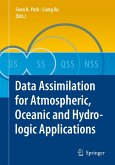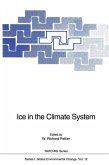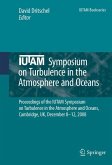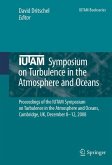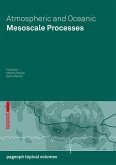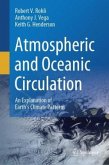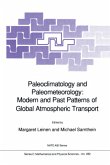Computer modeling pervades today all fields of science. For the study of com plex systems, such as the environment, it has become an indispensable tool. But it is also a tool that is often misunderstood and misinterpreted. These dangers are particularly pronounced in the environmental sciences, an area of interest and concern not only to scientists, but also to the general public, the media, policy makers and powerful interest groups. We cannot experiment with our planet. The only quantitative tool available for the assessment of the impact of our actions today on the future environment and living conditions of later generations is numerical modeling. The better the general understanding of the potential and limitations of numerical models, the better the chances for a rational analysis and discussion of environmental problems and poli cies. But in addition to the more recent political issue of human impacts on the environment, numerical models play an important role for the forecasting of natural environmental variability, such as tides and storm surges or the weathcr, or for the interpretation of environmental changes in the past, such as the relation between the Late Maunder Minimum of the sunspot cycle from 1675 to 1710 and the winter half year cooling at the end of the 17th century. The reasons for misunderstandings and misinterpretations of numerical model results are manifold.
From the reviews:
"Peter Müller and Hans Von Storch present ... a collection of concepts and limitations for simulating atmospheric and oceanic processes. ... Most statements given in the book are explained and carefully supported by selected examples. ... The numerous examples and applications make the book remarkably demonstrative and easy to read. ... It is aimed at graduates students and scientists in the field of environmental sciences. I completely agree to this suggestion. They will certainly benefit from this book." (R. Scheirer, Meteorologische Zeitschrift, Vol. 15 (6), 2006)
"Peter Müller and Hans Von Storch present ... a collection of concepts and limitations for simulating atmospheric and oceanic processes. ... Most statements given in the book are explained and carefully supported by selected examples. ... The numerous examples and applications make the book remarkably demonstrative and easy to read. ... It is aimed at graduates students and scientists in the field of environmental sciences. I completely agree to this suggestion. They will certainly benefit from this book." (R. Scheirer, Meteorologische Zeitschrift, Vol. 15 (6), 2006)


